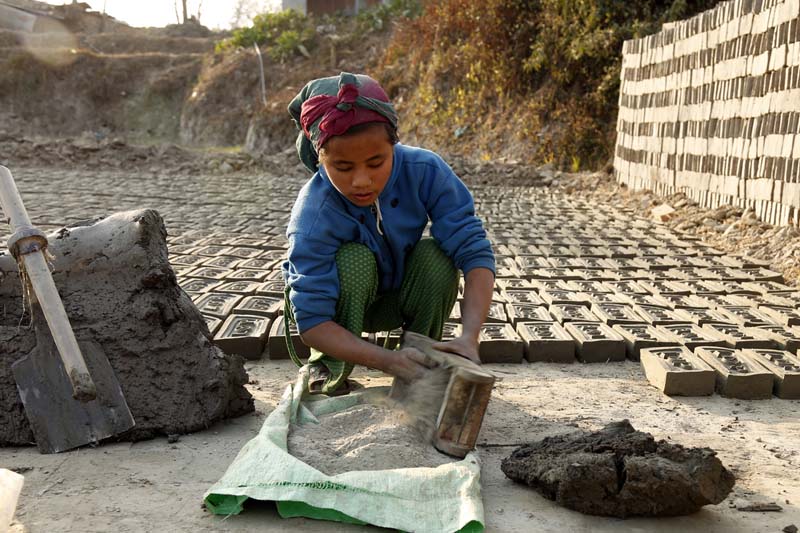Twice as many female child labourers than male, study shows
Kathmandu, June 10
A report ‘Status of Domestic Child Labour in Kathmandu-2016’ released today on the occasion of World Day Against Child Labour shows that there are almost twice as many female child labourers as there are male.
The report was released by Children and Women in Social Service and Human Rights, a non-government organisation working in the child rights sector for around two decades. The report states that 62 per cent of child labourers in Kathmandu are female, while 38 per cent are male.
However, a rapid assessment conducted by International Labour Organisation on the ‘Situation of Domestic Child Labourers in Kathmandu’ in 2001 reported that 45 per cent of child labourers were female and 55 per cent male.
The survey was conducted in 4,086 households of the total 27,858 households in ward no 25, 32, and 34 of the Kathmandu Metropolitan City and the data was analysed using both qualitative and quantitative techniques.
The survey used cluster sampling techniques to classify the study area into different categories. The survey showed a total of 520 domestic workers, of which 66 per cent were above 18 years of age and 34 per cent younger.
The use of children as domestic labourers is a growing global phenomenon, trapping over 10 million children in hidden forms of exploitation, often involving abuse, health risks and violence.
The report said that 64 per cent of the respondents said they left home for better education, 34 per cent to earn for family, 30 per cent for better living conditions, five per cent due to domestic violence, four per cent due to urban dreams, and two per cent due to the massive earthquake on April 25, 2015.
Similarly, 29 per cent of employers are businesspersons, 21 per cent are professional service providers such as doctors, engineers, bankers, teachers, and development workers, and 49 per cent were in the ‘others’ category.
Eighty-seven per cent of the respondents said they don’t have any written agreements with the employers on service terms, while 13 per cent confirmed that a verbal agreement was in place on the matter of wages.
According to the report, girls of age 14 to 18 years are paid more (Rs 3,643 on an average) than boys (Rs 2,000). Likewise, 89 per cent respondents expressed their satisfaction with the remuneration while 11 per cent were unsatisfied.
Saroj KC, programme manager at CWISH, said the number of child labourers had decreased of late and their state had improved in comparison to previous years.
“But we still need to do more for them,” he said, adding, “We are planning to reintegrate these children into their homes with livelihood options for their parents.”






